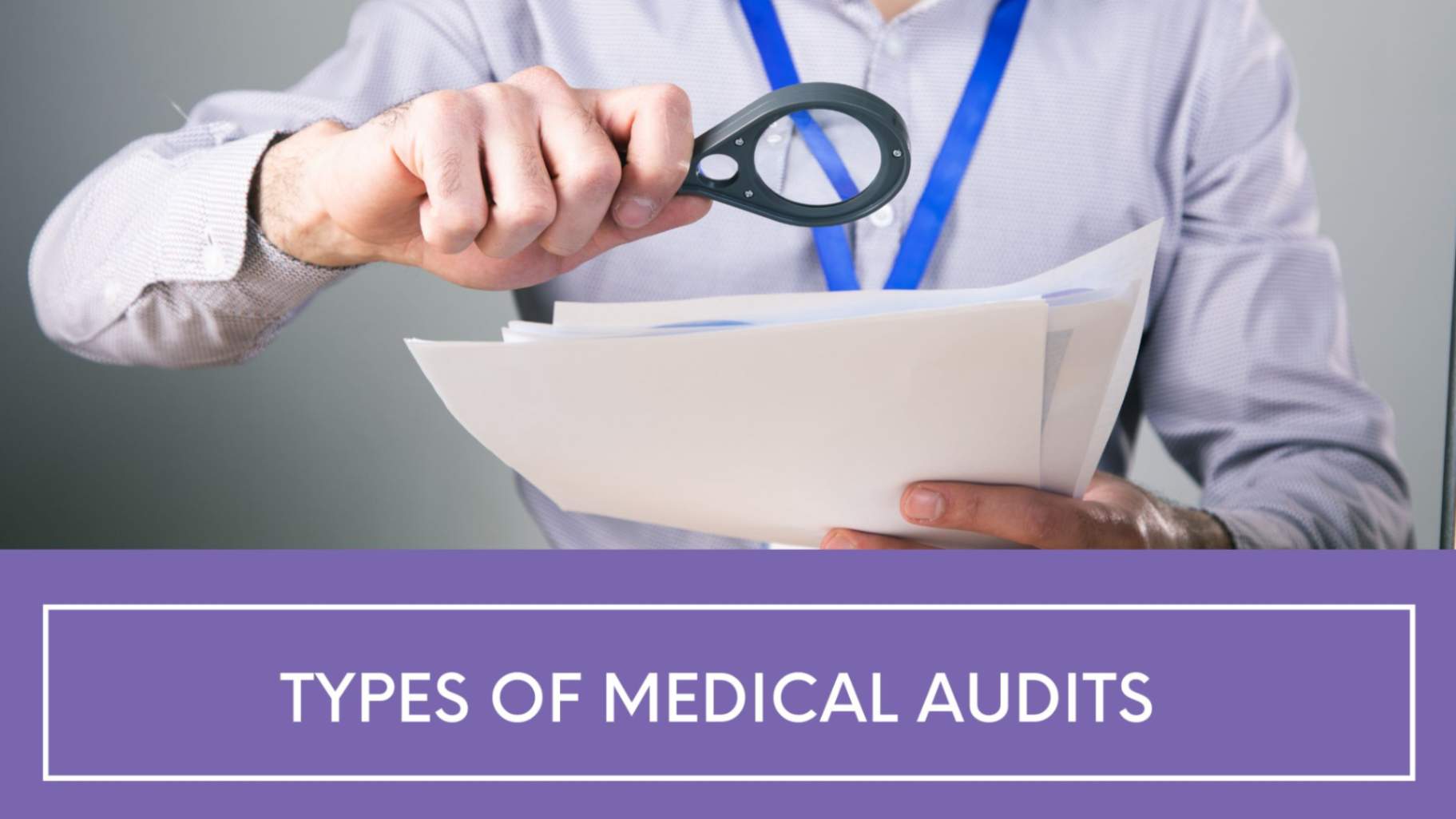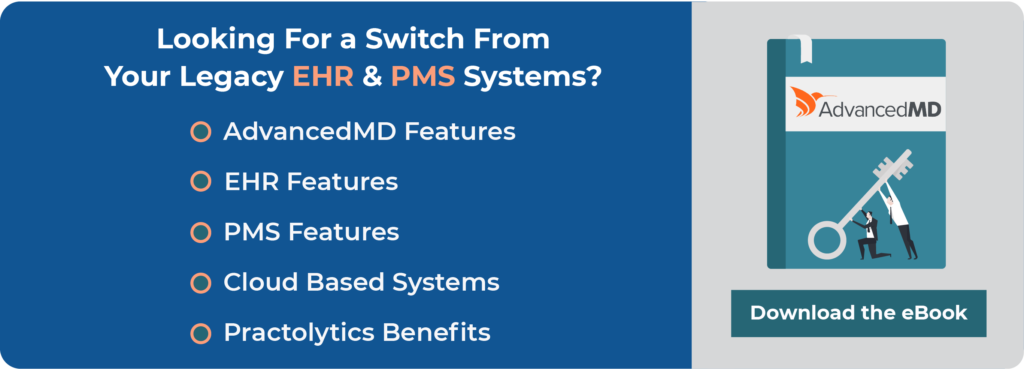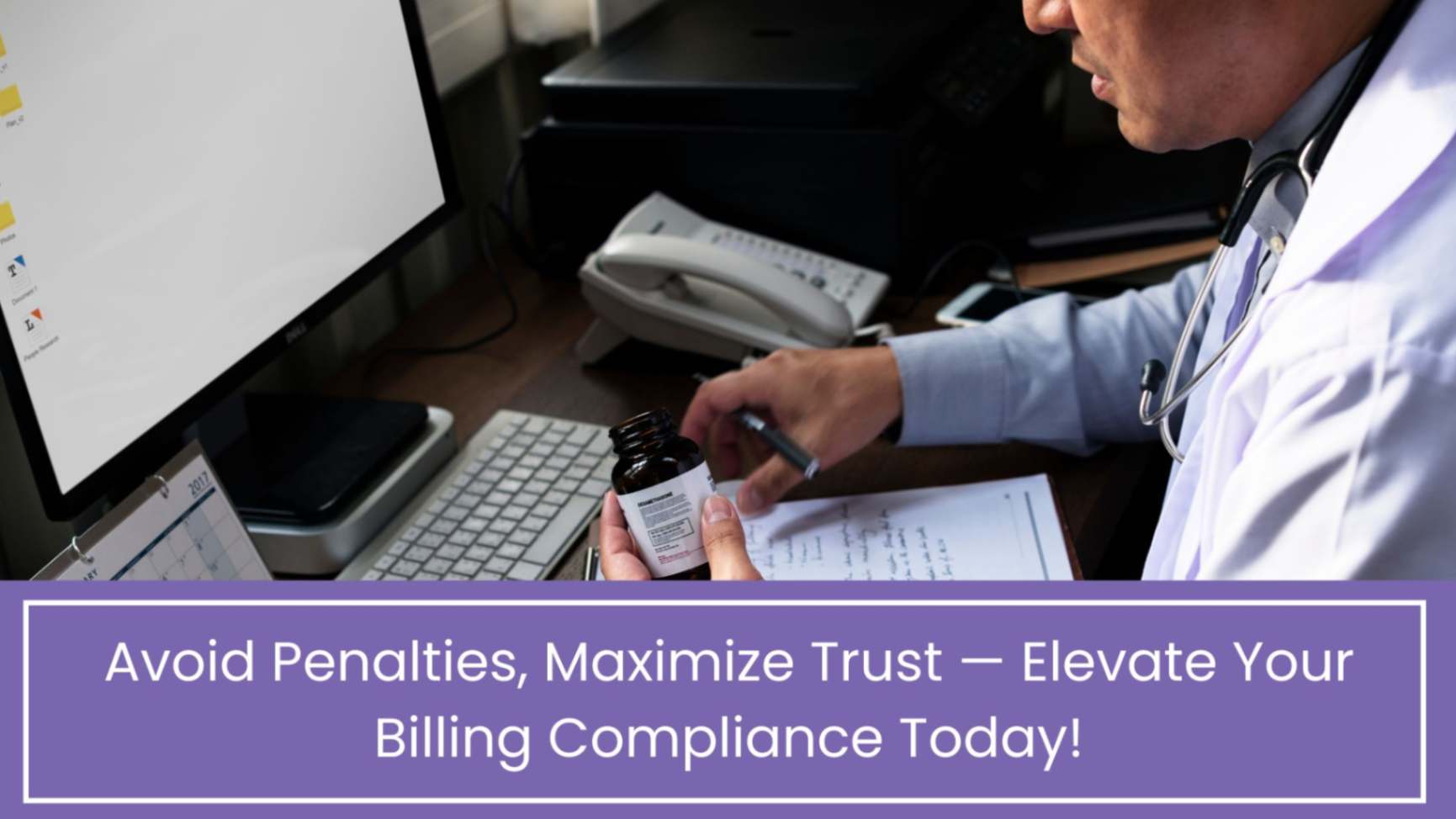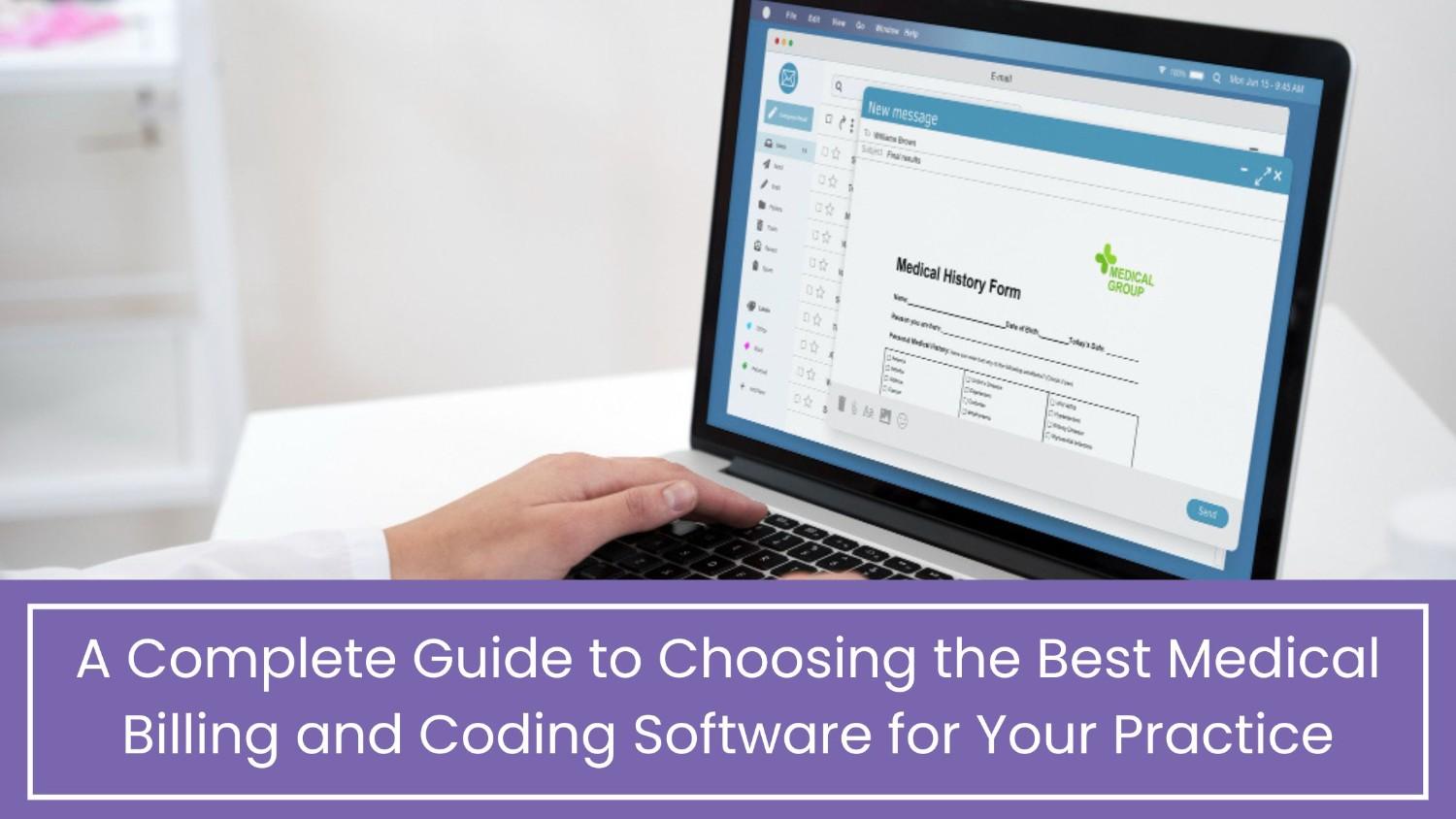Types of Medical Audits
Medical auditing forms a critical part of the billing process at any healthcare facility. It evaluates clinical documentation for accuracy and compliance. Healthcare facilities and external bodies conduct various types of medical audits on different occasions. It includes auditing of all documents critical to the billing process such as billing and charge sheets, different types of medical audits and all types of medical coding audits that are part of it. Practolytics has come up with a comprehensive compliance audit process and a detailed audit reporting to identify all the questionable patterns and tendencies in your billing process. With the right combination of expert auditors, smart analytical technology tools and well-defined auditing methodology, we can guarantee flawless and full proof auditing.
These types of medical audits are conducted to ensure that the healthcare practices meet the regulatory compliance demanded by the state as well as the insurance companies so that they can improve their process, quality of documentation, and enhance their patient care and services. At the same time, it also helps them to grow into better profitable entities on the go. Depending on what types of medical audits are conducted, healthcare practices hold periodic quarterly audits within the organization or hire professionals from outside to verify their billing records and medical records annually.
Periodic auditing can help in protecting your practice from fraudulent billing and claiming activities if any. It can also reveal variations in comparison to the state averages when it comes to compliance. Auditing is your best option to prevent the risks of investigations from the state in relation to compliance and improper documentation and coding standards; you can identify and make the necessary corrections in the documentation before getting into trouble with insurance payers or the government. The expert audit team at Practolytics promises an extensive review of patient charts, EHR documentation and reimbursement trends with respect to the payer and government regulations.
AlSO READ – Top Benefits of Outsourcing the Medical Billing Process
With the audit process in place, healthcare staff can be trained to update themselves on how to document and code the records, and also identify the deficiencies in relation to billing out the services rendered. It could open up opportunities to avail of the payment you deserve by eliminating incorrect or outdated codes that the clinic staff has been using over a period of time.
With the help of a comprehensive checklist, records of every provider for each insurance payer tied up to the healthcare organization are randomly selected and are evaluated based on the step-by-step instructions of the auditing criteria. For example, a practice review audit evaluates if the healthcare staff are adequately trained and educated on the requirements of record documentation and how to perform medical coding. It checks whether the communication between the staff in the medical care unit and the billing unit is effective enough to help with the coding and billing updates, revisions in the documents etc. It also assesses if the healthcare staff are compliant with the guidelines on how to review and code the medical record. We, at Practolytics audit services, are particularly keen on compliance with payer-specific guidelines and local/national coverage determinations.
Professional review audits make sure if there is effective correspondence between the healthcare providers and the professional billing services in relation to the entries in the medical record. Does the medical record contain all the data to support the medical necessity of the service rendered, codes utilized and bills listed in the claim document? Are the most suitable diagnostic codes assigned for the disease condition and ancillary services? Do the documents have the proper date and time on them? Whether the patient’s consent was taken and recorded along with the procedure notes? Are the documents complete with the signature and attestation from the authorized healthcare provider? Are there any possible legal risks present in the billing or documentation process? Professional review audits check these and more.
Table of Contents
Steps of Medical Auditing:
-
- Mapping out the scope of conducting the audit: Before putting an auditing team together, you need to estimate the number of providers in the healthcare facility, number of billers, medical coders and people involved in the billing process to decide how big your team should be. It is crucial to have that knowledge for conducting the necessary in-depth evaluations regularly.
- Ensemble auditing specialists for the medical audit: As per the guidelines of the American association of medical audit specialists, auditors and those who coordinate the audits should be capable of auditing principles and standards, billing procedure, medical coding audits and medical terminology, state and federal regulations, and HIPAA and confidentiality protocols. The Practolytics team of auditors are a competent bunch of coding, billing and compliance experts who are well versed with high specificity coding practices and correct usage of code modifiers. They can assess your existing documentation and claims for any possible risk factors and provide suggestions for improvement.
- Developing the auditing strategy: To stay unbiased on the auditing process, the most suitable strategy is to randomly choose a definite number of documents from each insurance payer per every provider in the facility. With the auditing team assembled and the scope of audit defined, one can commence reviewing the medical records to discover errors, disparities and ambiguities in the data. The documents can be strategically redistributed for evaluation among the team.
- Review of electronic health records and bill: These are the most critical records to be evaluated in the audit process. Make sure to investigate all the charges captured, codes assigned and billing reports per every selected case. The key areas covered in the evaluation are:
- Evaluate the record to identify if the documentation supports the treatment rendered to the patient.
- Verify if all relevant documents are attached to the patient encounter appropriately such as lab results and other diagnostic workups.
- Verify whether the back-end services are in tally with the treatment plan of the healthcare provider.
- Review and identify if all services billed out are appropriately captured and documented.
- From an insurance perspective, check whether the reimbursement has covered all the codes captured in the claim according to the terms of their contract.
- If a previous audit result is available, verify whether the errors or risk factors identified in the previous audit have improved or continue the same trend in the current audit.
- Discussions over the findings of audit: Any discrepancies in the process at the time of audit should be put into discussion. A meeting has to be held between the authorities of each service on the provider side to review the audit results. The risky areas should be rectified at the earliest and overall performance re-evaluated periodically. If the provider doesn’t agree with the findings of the audit, they can very well contest the findings according to their terms. We, at Practolytics, provide cross-references and recommendations to reduce denials and improve revenue inflow while staying compliant with the standard rules and regulations.
ALSO READ – Medical Billing Audit Checklist: 10 Things to Keep in Mind
Type of Medical Audits:
Regular audits play an important role in improving the quality of patient care. Healthcare providers and organizations need to stay up to date with the requirements and regulations of the ever-changing industry. Quality driven healthcare audits are equally important for providers, patients, and insurance payers.
The primary focus of an audit is to provide ways to effectively improve the quality of services rendered to patients, control costs, and ensure compliance with the latest guidelines.
Different types of medical audits include internal and external audits. Let’s look at them objectively.
Internal audits: Any type of medical audit is a regular requirement at healthcare practices. Therefore, it is good to have an internal auditing team appointed to do the work. It can be conducted by a dedicated team of staff who can ensure there is transparency and efficiency in the billing process at the practice. The in-house auditing team can pull out random records and conduct an audit whenever necessary. A planned approach right from the very first audit is always preferred, scheduling an audit, preparing audit templates and standard documentation that facilitate comparison for the future is a must-have for every audit performed. If the internal audit team is efficient enough to prepare all these and approach the audit process with a pre-fabricated algorithm, the process will save your practice a lot of time and extra work in the future. An internal audit team is a mandate for all medium to large-sized healthcare practices that can afford to have certified auditors among their team.
External audits: For a well-designed and comprehensive audit process, the better choice among the types of medical audits available is collaborating with external auditors such as Practolytics. Their auditing process is standardized and suits every kind of practice and is highly customizable. They can assess your billing process against the benchmark of other practices in the industry and spot the drawbacks in your operations. They can even suggest ways to learn how to do documents the right way and how to code the records for better reimbursement and improve your process to attain a set of standards. At Practolytics, our audit process covers every aspect of the revenue cycle right from assessing the codes, reviewing the bills and charge capture process, compliance to documentation and data transfer protocols to ensure overall process efficiency.
Benefits of external audit services over in-house auditing
Both types of medical audit processes work towards the same goal—identifying the deficiencies and risks in your practice management. However, engaging the services of an external auditing service like Practolytics has definite advantages over the in-house setup. Hiring an external auditing team is cost-effective as compared to the cost of having to employ auditors among your healthcare staff. Since they are not from your team, it empowers them to give an unbiased and objective opinion on the audit outcome. That adds to the integrity and accuracy of the audit process. Subject matter experts from Practolytics deliver a seamless experience of process improvement, fixing all the errors and inefficiencies with a detailed audit process.
Also, you must consider the time invested in running an audit process. Unlike in-house staff, an external auditor can dedicate focused time to the auditing process and yield faster outcomes. Plus, they can give you a bunch of new ideas to improve your process and enhance workflow efficiency.
Auditors at Practolytics auditing service have a comprehensive approach to starting, establishing, and managing the audit process efficiently till the end, and that too without disrupting the day-to-day activities of the facility. Having worked with multiple providers, healthcare practices and insurance companies over the years, the auditing team at Practolytics possess added advantages of knowledge and expertise. They can easily spot potentially high-risk factors in the billing process. In addition, they can offer solutions to fix the gaps and enhance efficiency.
Conclusion
Optimizing health care delivery with better patient outcomes and not compromising practice revenue, is the ultimate goal of all types of medical audit processes. Adding to it, regularly evaluating your process brings clarity to the way you manage your data and enhance the compliance factor. When you are backed by the best medical billing services and medical coding services, insurance reimbursements are faster and the scope of any financial losses on the go are reduced to a minimum.
If you too are looking for one of the best in the industry, reliable and efficient medical audit team to look into the billing process at your healthcare business, connect with Practolytics for a high-level auditing process to assess and enhance the scope of your business’s growth.
ALSO READ – How to Setup an Automated Billing Process in AdvancedMD?
Talk to Medical Billing Expert Today — Get a Free Demo Now!








